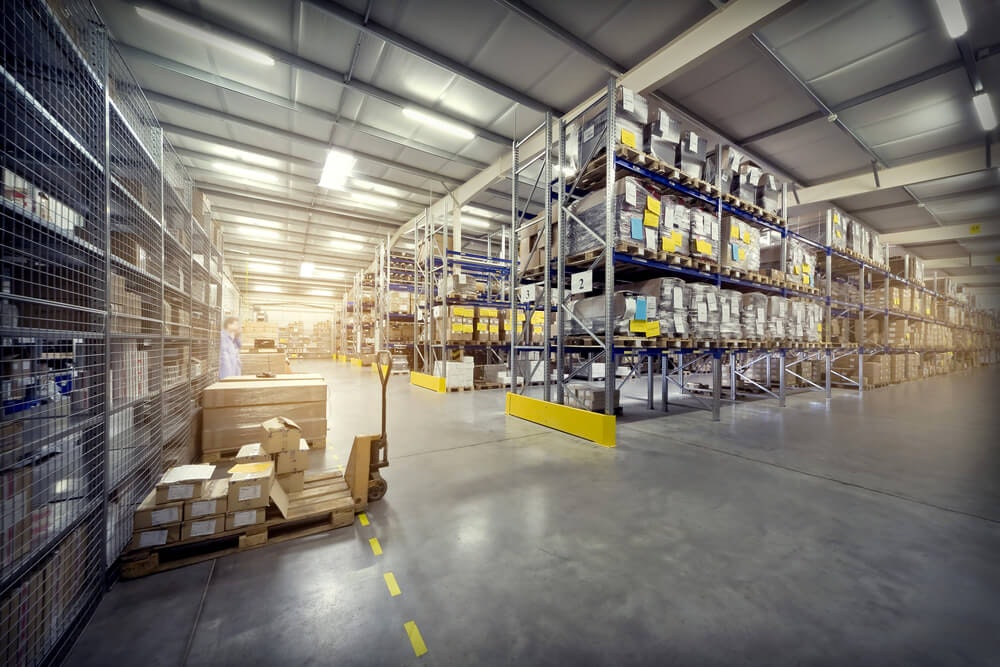Urban logistics - preventing the "Wild West“

Urban logistics, or the movement of goods within cities, are increasingly under pressure due to the growth in demand for goods to be transported - not least due to the rapid increase in e-commerce. On the one hand, urbanisation and the resulting number of people, vehicles, flow of goods, waste and recycling requirements are increasing; on the other hand, there is increasing pressure for sustainable growth management due to climate change. Consequently, urban logistics need to deal with ideas and concepts for the design of a city-compatible, efficient and environmentally conscious supply of goods within and around urban areas.
A wide field and complex tasks
The field is generally very wide-ranging and covers transportation topics such as electric vehicles, quiet logistics, hyperloop, drone delivery and cable car systems (1). New ways of transporting goods in the future need to be found in order to meet the challenges we all face. In the process of evaluating new modes of transport, the concept of spatial and temporal dimensions needs to be examined in depth. Goods traffic can be moved into airspace as well as underground and the last mile delivery can also be extended during the night by means of quiet logistics. The task in hand, the requirements and the corresponding solutions are highly complex.
Four development scenarios for urban logistics
Urban logistics are primarily shaped by the four main trends of urbanisation, e-commerce, the desire for fast delivery, and the demand for flexible and small-scale deliveries in retail. This results in enormous challenges for logistics within cities and, consequently, also for the residents of urban areas. Traffic and noise pollution, environmental pollution and a warming temperature are problems that new concepts and ideas of urban logistics must take into account and respond to. The consultancy Roland Berger has prepared and published the study "Urban Logistics 2030 in Germany" (2018) (2). The question here is how cities can sustainably shape urban logistics and which interest groups (city, logistics providers, retailers and citizens) will take the leading role here. How much coordination will there be between the private sector and the state? The consultancy does not come to a simple conclusion, but presents four scenarios; "Wild West", "Regulated Diversity", "City Platform" and "Coexistence of Giants".
In the "Wild West" scenario, the state hardly intervenes in the development and leaves the field to the logistics companies. Innovative companies with new logistics concepts, especially for the last mile, vie for the customer's favour. In "Regulated Diversity", the city defines and monitors the regulatory framework. Examples of city interventions are the introduction of a city toll to control commercial traffic, parking management and regulated entry times for deliveries and unloading. However, strong competition prevents the introduction of cooperation and standards. In the next two scenarios, the level of cooperation in the overall system increases. The "City Platform" scenario describes a platform through which goods flows are bundled across providers and delivery is optimised with the help of decentralised warehouses for the last mile. The platform can be operated by the city itself, by a third party or in the form of a public-private partnership. The operator's licence is awarded or renewed on a regular basis. Supply and demand for delivery from the decentralised warehouses converge on the platform and contracts for deliveries are awarded to the most suitable companies. With the "Coexistence of Giants", a few large, competing platforms for last-mile logistics emerge. These platforms can better coordinate and bundle deliveries and vehicles due to their large number of users and high delivery volume. Companies can either join one of the existing platforms or develop a platform themselves. Those who do not belong to one of the platforms will disappear from the city as part of the consolidation. Competition will result in the emergence of a few economically efficient platforms that have established different ecosystems and standards.
In general, all stakeholders such as businesses and cities should work to prevent the "Wild West" scenario, as this would lead to a large increase in inner-city traffic and further impede urban traffic flow.
Examples of solutions in urban logistics
Emission-free delivery with microhubs
Emission-free delivery already exists in several cities in Germany. The logistics company Dachser wants to deliver parcels emission-free to at least eleven European metropolitan regions by the end of 2022 (3). These include the German cities of Stuttgart, Freiburg, Munich and Berlin. In other parts of Europe, Oslo, Paris and Madrid, for example, have been selected for this purpose. The modular system consists of electric transporters or trucks, electrically assisted cargo bikes and so-called microhubs. The cargo bikes can transport general cargo, parcels or palletised goods weighing up to 250 kg over the last mile to the customer. The e-trucks supply the microhubs (small transhipment warehouses) with goods and also deliver larger and heavier goods directly to the customers. The cargo bikes are loaded at the microhub and are used primarily in pedestrian zones for the delivery of parcels. In this way, Dachser wants to make a contribution to climate protection and compliance with the 2´ target of the Paris Climate Agreement.
Low noise night-time logistics
The Fraunhofer Institute IML's low-noise night logistics (GeNaLog) research project should lead to quiet and emission-free deliveries to customers in residential areas at night using low-noise vehicles or electric vehicles (4). The GeNaLog consortium, consisting of the IML, Rewe, Doego and Tedi, relies on e-trucks, noise-optimised vehicle floors and loading aids as well as specially trained drivers. The study showed that the project is technologically feasible and that residents of urban residential areas do not feel disturbed by the "quiet technology" used. The problem, according to IML, is mainly on the side of legislation and approval procedures. Innovative concepts do not fit into the rigid nature of regulations and guidelines.
Smart City Loop
The Smart City Loop is an underground pipeline or tunnel system with conveyor technology designed to transport goods, packaging and returns between a goods traffic centre (GVZ) on the outskirts of the city and city hubs in the city centre (5). The tunnels are large enough for pallets to be transported through them fully automatically on the conveyor system. From a GVZ on the outskirts of the city, goods are then transported the last mile into the city centre to a City Hub. In the future, the Shared City Hub will be used anyway for fast last-mile deliveries by various logistics companies with e-vehicles. City Hubs can be newly built or integrated into existing properties such as multi-storey car parks or department stores. The project is relatively easy to implement, as the corresponding technology such as conveyor systems is already available and in use in the logistics industry. Pipe systems of the same size have also already been built, e.g. for district heating supply. This saved a lot of time and money in the development of the system.
Literature:
1 Sustainable Urban Logistics: Concepts against Urban Collapse, Transport Logistic, International Trade Fair for Logistics, Mobility, IT and Supply Chain Management, Messe München GmbH, Link
2 Urban logistics 2030 in Germany, Together against the Wild West, Roland Berger GmbH on behalf of the German Logistics Association (BVL), October 2018, Link
3 Dachser expands zero-emission city deliveries to eleven European cities, May 2021, Dachser SE, Link
4 Bernsmann Arnd et al, Potentials of low-noise night logistics, Results and recommendations for action of the GeNaLog research project, Fraunhofer IML, Link
5 The way to the last mile, goods transport for metropolises rethought, Smart City Loop GmbH, Link
Bernsmann Arnd, Vastag Alex, Urbane Logistik, Schnell, stadtverträglich und wirtschaftlich, Fraunhofer IML, Huss Verlag, Link


